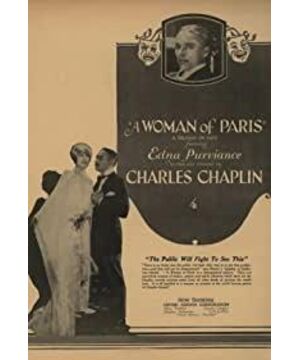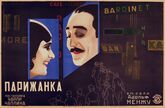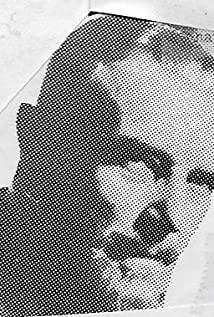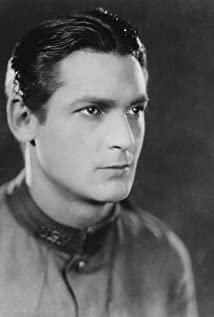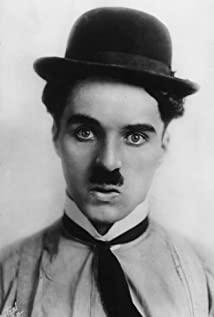Chaplin is the director of the film, not the actor. Even with only superficial analysis, one can see that there are two types or poles of clues in the film.
In the first case, an action, or something like an action, a simple act. Reveal an unexplained situation. Thus, the situation depends on the action, both by direct inference and by more complex arguments. Since the situation itself is not explained, the clue here is the lack of clues, implying a narrative black hole, in line with the first meaning of the word omission.
In A Woman in Paris, for example, nothing Chaplin emphasizes can fill a black hole in a given year, but one can see in the style and dress of the heroine who has become a rich mistress The meaning of this black hole.
Likewise, faces no longer have only autonomous expression and emotional value, nor can they provide simple cues that extend beyond the picture: they do become clues to an overall situation. Like the famous train image, where one can only see the arrival of the train from the face of the woman illuminated by the light, or the erotic images that the participants gave us only for reasoning. These examples are even more thrilling when the clues include an inference, no matter how sloppy, such as a maid opening a closet and a man's collar suddenly falling to the ground, suggesting a relationship.
Similar hasty inferences are often found in Lubitsch's films, so they function as clues. In the very daring film "Nothing in Love," when the heroine instinctively or simply demands the two lovers the right to live and live together, one of the two men sees the other in their evening dress in the early hours of the morning. In the room of the woman he loves in common: he draws from this clue (as does the audience) that his friend spent the night with this woman. This clue shows that a character who wears "too" serious and deliberately conveys an evening dress is inappropriate for the intimate situation of the night. Although the film does not show this situation, it is an inference-image.
There is a second, more complex type, ambiguous clues, which fit the second meaning of "omission". In A Woman in Paris, many clues of the first type call to mind that the heroine is unfaithful to his lover, that she always Is it the mysterious smile, instead, her relationship with his rich lover is more ambiguous, making the audience constantly wonder, she loves him because of wealth, luxury and some kind of complicity? Or is it because her love is easier to understand and deeper?
There are situations that often appear in any film, such as turning innocents into criminals (a man with a knife standing next to the corpse, did he kill the person or he picked up the knife). The more complex cases we mentioned earlier are more interesting. They can draw the pattern of new clues: a very small difference in two actions in an action can create a very large gap between the two situations. This is the second meaning of the word omission, because two very different situations are like two foci of an ellipse, which is a clue of ambiguity or distance rather than lack of clues.
View more about A Woman of Paris: A Drama of Fate reviews


